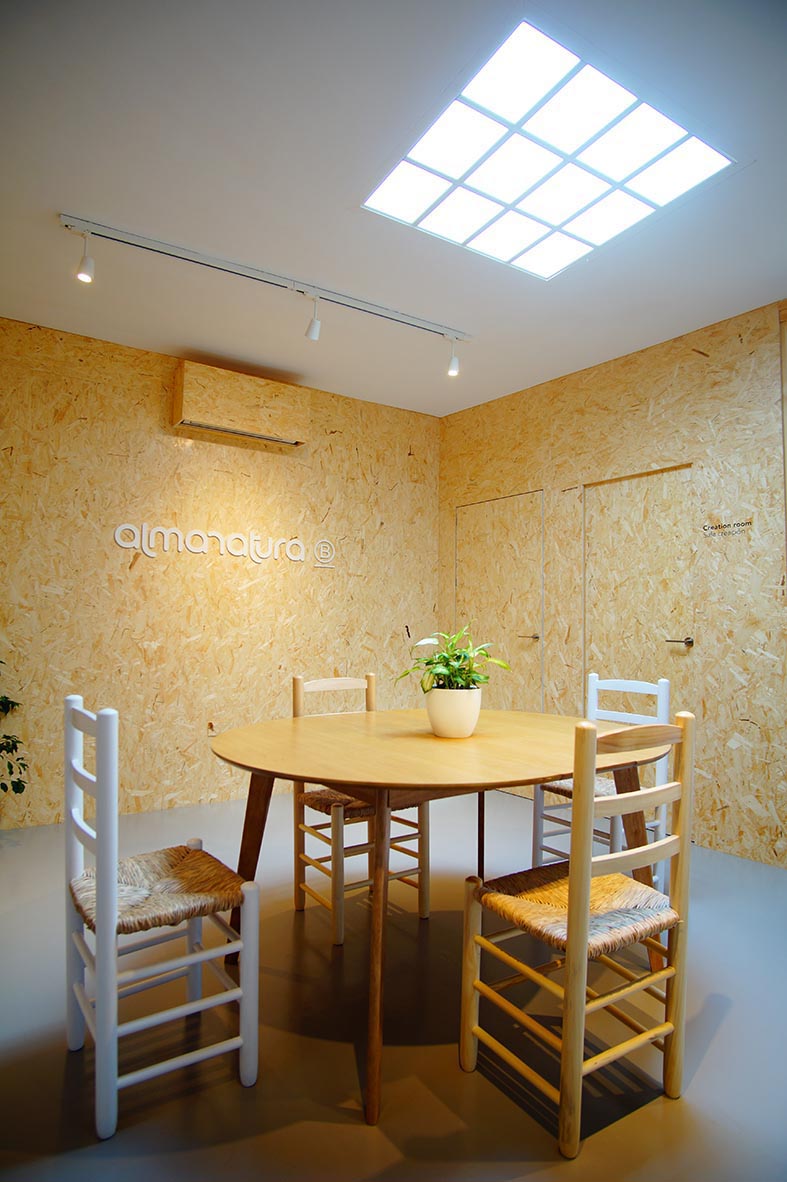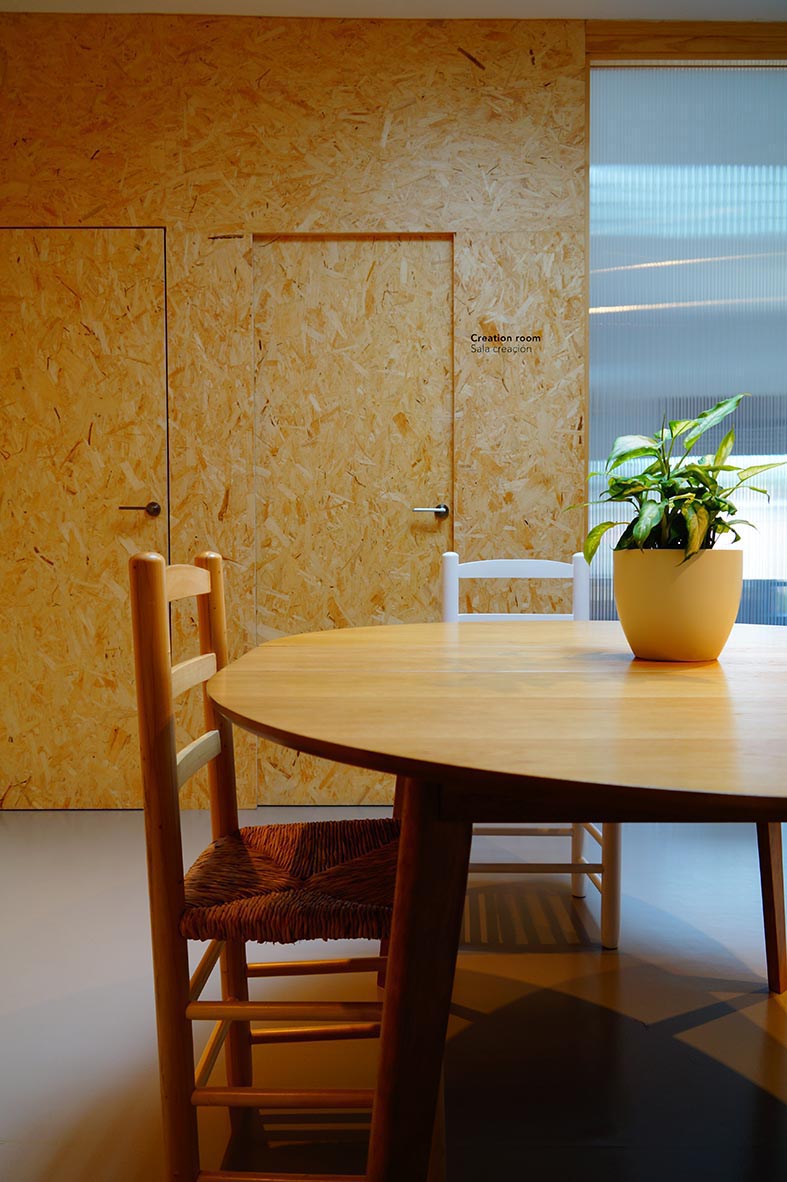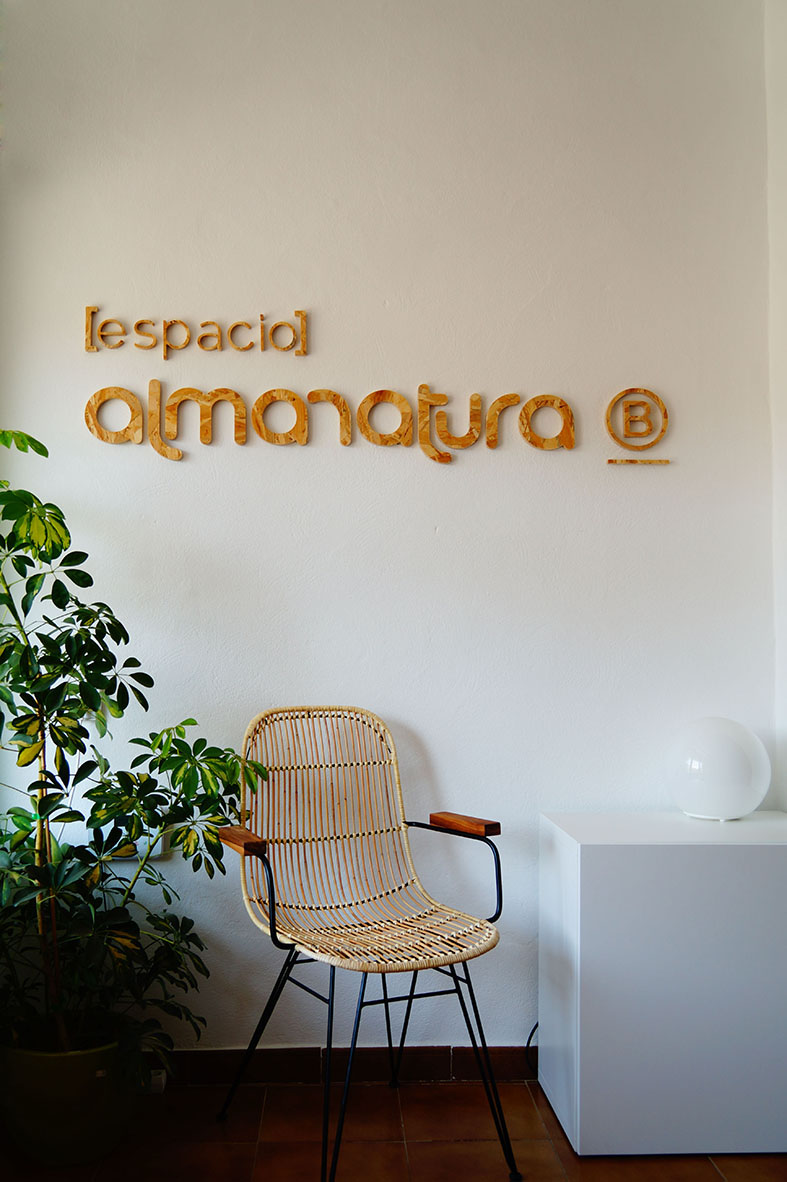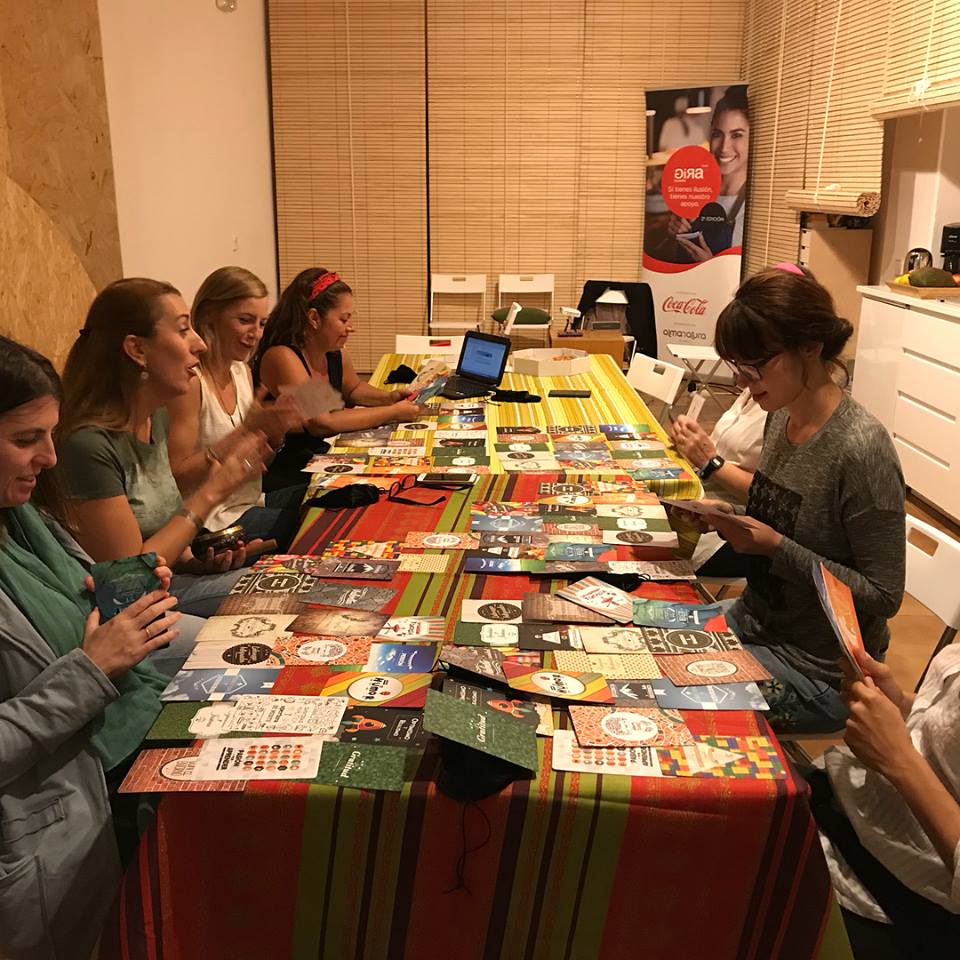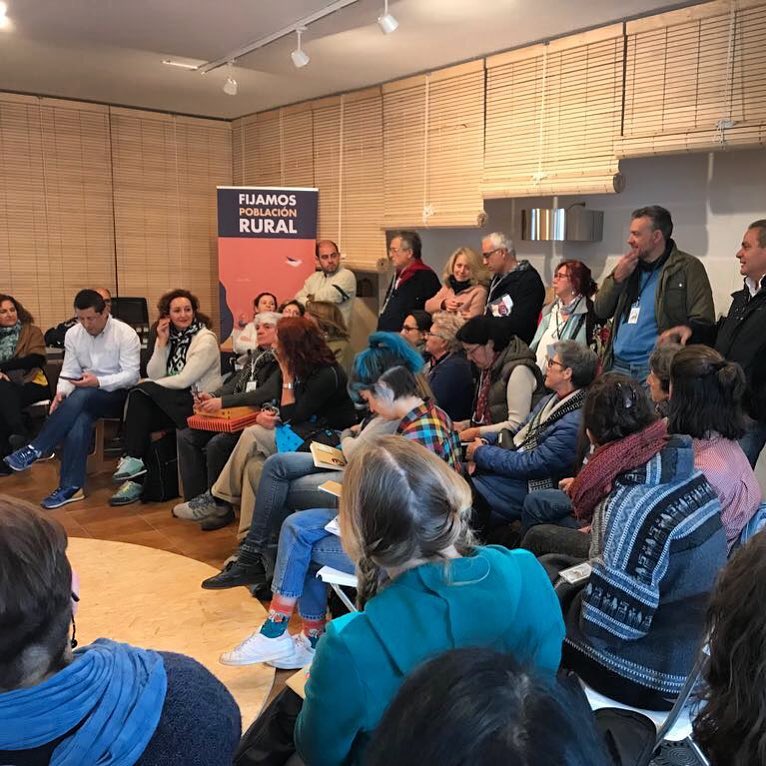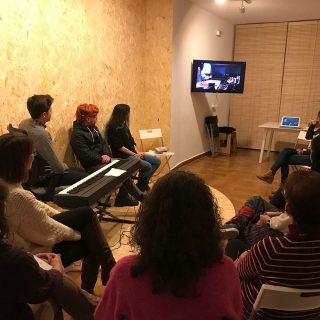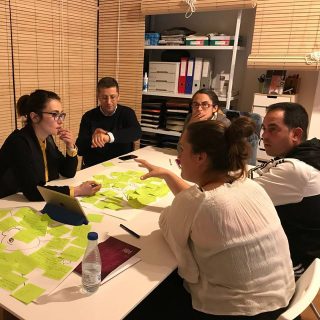almanatura offices
almanatura has been working for over 20 years to provide the inhabitants of small municipalities with instruments against depopulation. Its headquarters, in Arroyomolinos de León, consisted of an office on top of a garage loaded with memories. Concerned by the limitations of space, its managers understood that the time had come for the functional extension and aesthetic renewal of the office.
The intervention optimizes the use of the ground floor, proposing flexible and adaptive solutions that responds to a demanding program of uses. This is the natural expansion of the office, where the new employees will be installed. While fulfilling a socializing function, as a mediator space with the neighbors of Arroyomollinos, it serves as well the internal cohesion of the team. This diversity moves to preserve the diaphanous spatiality of the warehouse, using just moving elements, such as the artisan alicantinas shutters, for subtle distinctions of ambiances. On the upper floor the strategy is more measured, focusing the bulk of the intervention in the central room. Instead of proposing a re-reading of the current work scheme, we understood that the previous layout responded to very consolidated work habits, and that the function of the design was to improve its conditions. It is therefore a question of recognizing these inertias and integrating them into the scheme in a comprehensive and inclusive way. Thus the central room is reinforced as a radiant core —light and strategic wise—of the team. The side rooms open to this space looking for a transverse transparency of the building.
Here dominates a manifest will to achieve clarity in all orders of intervention. This is not only expressed in the simple distribution, but radiates in the choice of materials, colors, as well as in the improvement of natural lighting.
The latter, coupled with the full installation of heating using biomass stoves will help reduce the primary energy consumption and emissions of the building. The sustainability of the proposal is evident in the use of organic materials or their derivatives (linoleum, wood, OSB…) as well as in the choice of local artisans for furniture and coatings.





